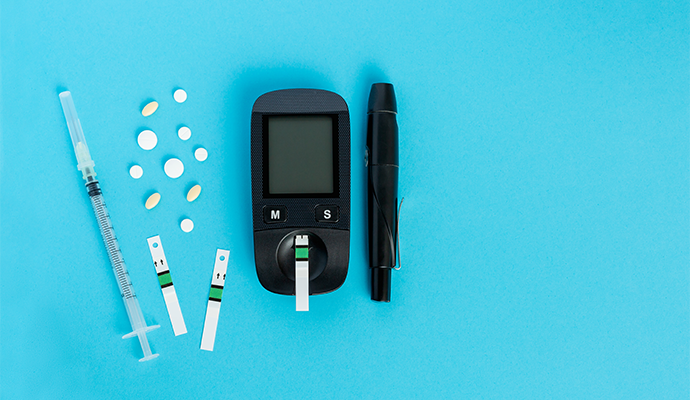Potential Racial Bias Found in Type 2 Diabetes Risk Prediction Models
New research shows that type 2 diabetes prediction models may contain biases that contribute to over- or under-estimations of risk based on a patient’s race.

Source: Getty Images
- Artificial intelligence (AI) algorithms used to screen for and predict type 2 diabetes may be racially biased, which could perpetuate health disparities, according to a study published last week in PLOS Global Public Health.
Risk prediction models for type 2 diabetes have shown promise in bolstering early detection and clinical decision-making, but the researchers pointed out that these models can bias the decision-making process if risk is miscalibrated across patient populations.
Concerns about model miscalibration and bias are especially pertinent as efforts to address health equity and racial disparities in healthcare have grown in recent years.
In this study, the researchers assessed three AI models to determine whether they demonstrate racial bias between non-Hispanic Black and non-Hispanic white populations: the Prediabetes Risk Test (PRT), a screening algorithm for prediabetes and type 2 diabetes, and two prognostic models, the Framingham Offspring Risk Score and the ARIC Model.
The research team utilized data from 9,987 adults without a prior diagnosis of diabetes and with available fasting blood samples from the National Health and Nutrition Examination Survey (NHANES). Patient information was then sampled in two-year batches starting with 1999 and ending with 2010.
From there, the researchers calculated year- and race-specific average predicted risk of type 2 diabetes, and compared these with observed risk across racial groups taken from the US Diabetes Surveillance System.
Doing so revealed that all three algorithms were miscalibrated in terms of race across all survey years evaluated.
The research team found that the Framingham Offspring Risk Score underestimated type 2 diabetes risk for non-Hispanic Black patients, but overestimated risk for their white counterparts.
The ARIC Model and PRT overestimated risk for both groups, but to a greater extent for white patients.
The overestimation of type 2 diabetes risk in non-Hispanic white populations could result in these patients being overdiagnosed or overtreated, in addition to being prioritized for preventive interventions, the researchers noted. This phenomenon may also lead to non-Hispanic Black patients being underprioritized and undertreated.
“Biased prediction models may prioritize individuals of certain racial groups for preventive action at different rates or at different stages in their disease progression. Such unequal predictions would exacerbate the systemic health care inequalities we are currently seeing, which stem from socioeconomic inequalities, differential health literacy and access to health care, and various forms of discrimination between majority and minority populations,” the researchers explained.
Research like this highlights that while data analytics and AI approaches may help find gaps in chronic disease management and care, racial disparities are still a major obstacle to achieving health equity for diabetes patients.
A 2021 study of city-level data revealed significant disparities in diabetes mortality rates across the United States.
The analysis sourced data from the 30 largest cities in the US and demonstrated that mortality rates were higher for Black individuals than for white individuals. Disparities were also found to be up to four times larger in some cities compared to others, with Washington, DC experiencing the highest rates of diabetes mortality inequities.
